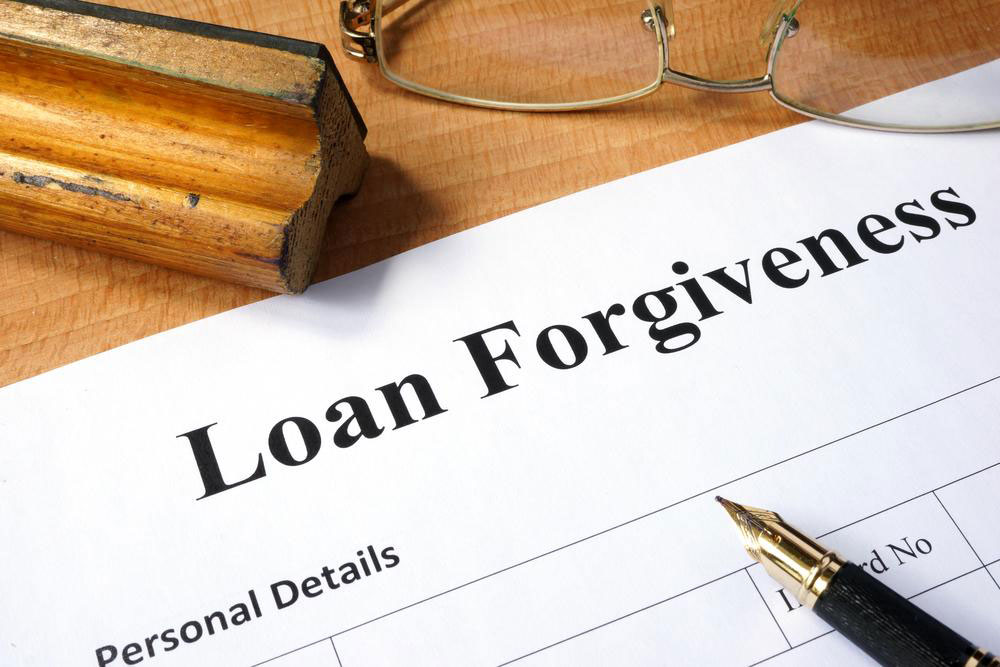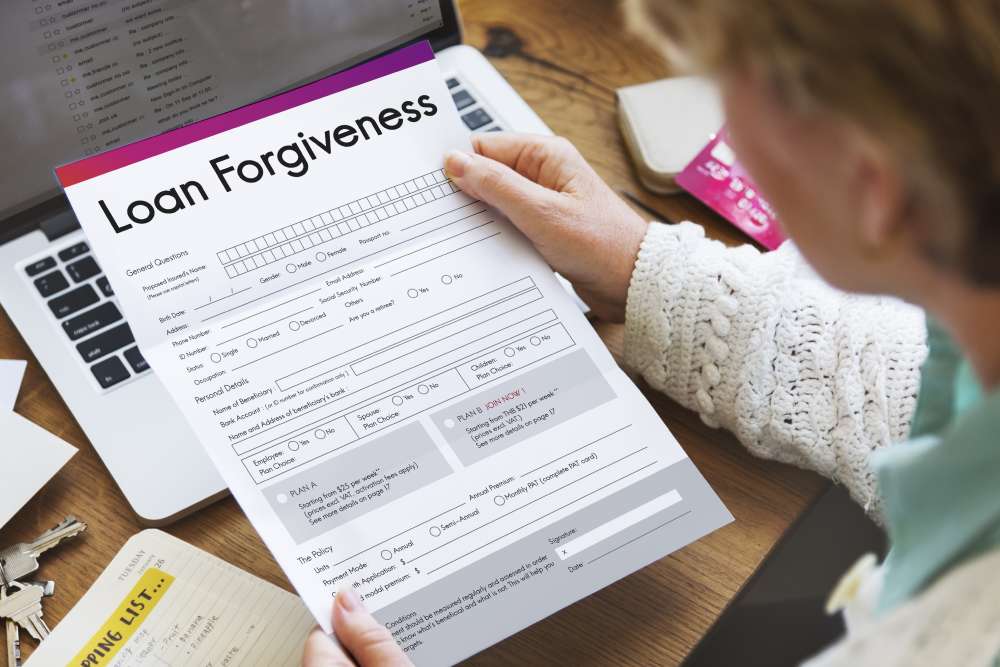Comprehensive Guide to Federal Student Loan Forgiveness Programs
This comprehensive guide explains the various federal student loan forgiveness programs available for graduates, including Teacher Loan Cancellation, Public Service Loan Forgiveness, Perkins Loan Forgiveness, and income-driven repayment options. Learn about eligibility requirements, benefits, and application tips to effectively manage and eliminate your student debt while pursuing careers in public service and underserved sectors.

Exploring Federal Student Loan Forgiveness Options for Graduates
Managing student loan debt can often feel overwhelming for recent graduates, especially with rising education costs and financial uncertainties. Thankfully, the U.S. federal government offers multiple programs aimed at alleviating or eliminating student loans for qualified borrowers. These programs are designed to encourage careers in public service and provide relief for those who commit to certain professions or repayment plans. In this comprehensive guide, we will explore the key federal student loan forgiveness options, eligibility criteria, application processes, and tips to maximize your loan forgiveness opportunities.
Federal student loan forgiveness programs have been established over the years to support graduates working in critical sectors such as education, healthcare, law enforcement, and public service. The main programs include Teacher Loan Cancellation, Public Service Loan Forgiveness (PSLF), Perkins Loan Forgiveness, and Income-Driven Repayment Plan Forgiveness. Each option has specific eligibility requirements, benefit structures, and application procedures. Understanding these options can help you make informed decisions to reduce your debt burden and plan your career effectively.
1. Teacher Loan Cancellation Program
One of the most well-known federal forgiveness options is the Teacher Loan Cancellation program. This initiative is designed to encourage qualified teachers to work in underserved or low-income school districts. Teachers who meet specific criteria can have their federal student loans forgiven after completing certain years of service. Typically, eligibility requires full-time employment in designated low-income schools and a commitment of at least five years. The program mainly applies to direct and Stafford loans, which are common types of federal student loans.
To qualify, teachers must be dedicated to full-time work in qualifying public or nonprofit schools serving low-income communities. The typical loan amounts eligible for forgiveness are around $17,500 or less, especially for teachers in specialized fields like math, science, or special education. The loans must have been taken out after October 1, 1998, to be eligible. Teachers should also ensure they meet other requirements such as maintaining full-time employment and submitting the necessary documentation to their loan servicer.
Implementation and Benefits: After completing five consecutive years of qualifying teaching service, eligible teachers can apply for loan forgiveness through the Department of Education. In some cases, combining periods of service in different qualifying schools can accelerate the forgiveness process. This program not only helps reduce financial burdens but also encourages careers in underserved educational sectors.
2. Public Service Loan Forgiveness (PSLF)
The Public Service Loan Forgiveness (PSLF) program is another significant federal initiative designed for those committed to careers in government or nonprofit roles. It provides a pathway for borrowers to have their federal student loans forgiven after making 120 qualifying payments—equivalent to 10 years of consistent, on-time payments. To maximize the benefit, participants must be enrolled in an income-driven repayment plan, which adjusts their monthly payments based on income and family size.
Eligibility requirements include working full-time for a qualifying employer, such as government agencies, non-profit organizations, or certain public health or educational institutions. Borrowers must ensure all their payments are made on time under an approved repayment plan and submit the required Employment Certification form annually or when changing jobs.
Application Process: After making 120 eligible payments, individuals can submit the PSLF application form along with proof of employment. Once approved, the remaining loan balance is forgiven tax-free, providing substantial relief for qualifying borrowers. Since its inception in October 2007, PSLF has helped numerous public service professionals reduce their debt significantly and focus on their vital roles in the community.
3. Perkins Loan Forgiveness
The Perkins Loan program targets students who took out loans for educational purposes, primarily for undergraduate and graduate studies. If you have a Perkins loan and choose to work in certain public service roles, you may qualify for up to 100% loan forgiveness after five years of qualifying employment. Eligible careers include roles in law enforcement, firefighting, healthcare, teaching, and social services.
This program is particularly attractive for students committed to public service careers, as it offers complete debt cancellation over time. The total amount forgiven varies based on the years of service and the specific sector, but the program aims to support dedicated professionals working in critical service areas.
4. Income-Driven Repayment Plan Forgiveness
For borrowers who utilize income-driven repayment (IDR) plans such as PAYE, Revised PAYE, Income-Based Repayment (IBR), or Income-Contingent Repayment (ICR), there is an opportunity to have remaining debt forgiven after making payments for a set period, usually 20 or 25 years. These plans adjust monthly payments based on income and family size, making repayment more manageable for borrowers with lower or variable incomes.
At the end of the repayment term, any remaining balance is forgiven. However, it's important to note that this forgiven amount may be considered taxable income unless specific exemptions are available. Borrowers should consult with their loan servicer or a financial advisor to understand the implications and strategies for maximizing forgiveness benefits.
In conclusion, federal student loan forgiveness programs offer valuable opportunities for borrowers to reduce their debt burdens significantly, especially for those committed to careers in public service or working in underserved communities. Each program has its eligibility criteria, benefits, and application process, so it’s essential to stay informed and plan accordingly. If you are a recent graduate or a professional in a qualifying field, exploring these options could help you achieve financial relief and focus on your career goals without the burden of unmanageable debt.





